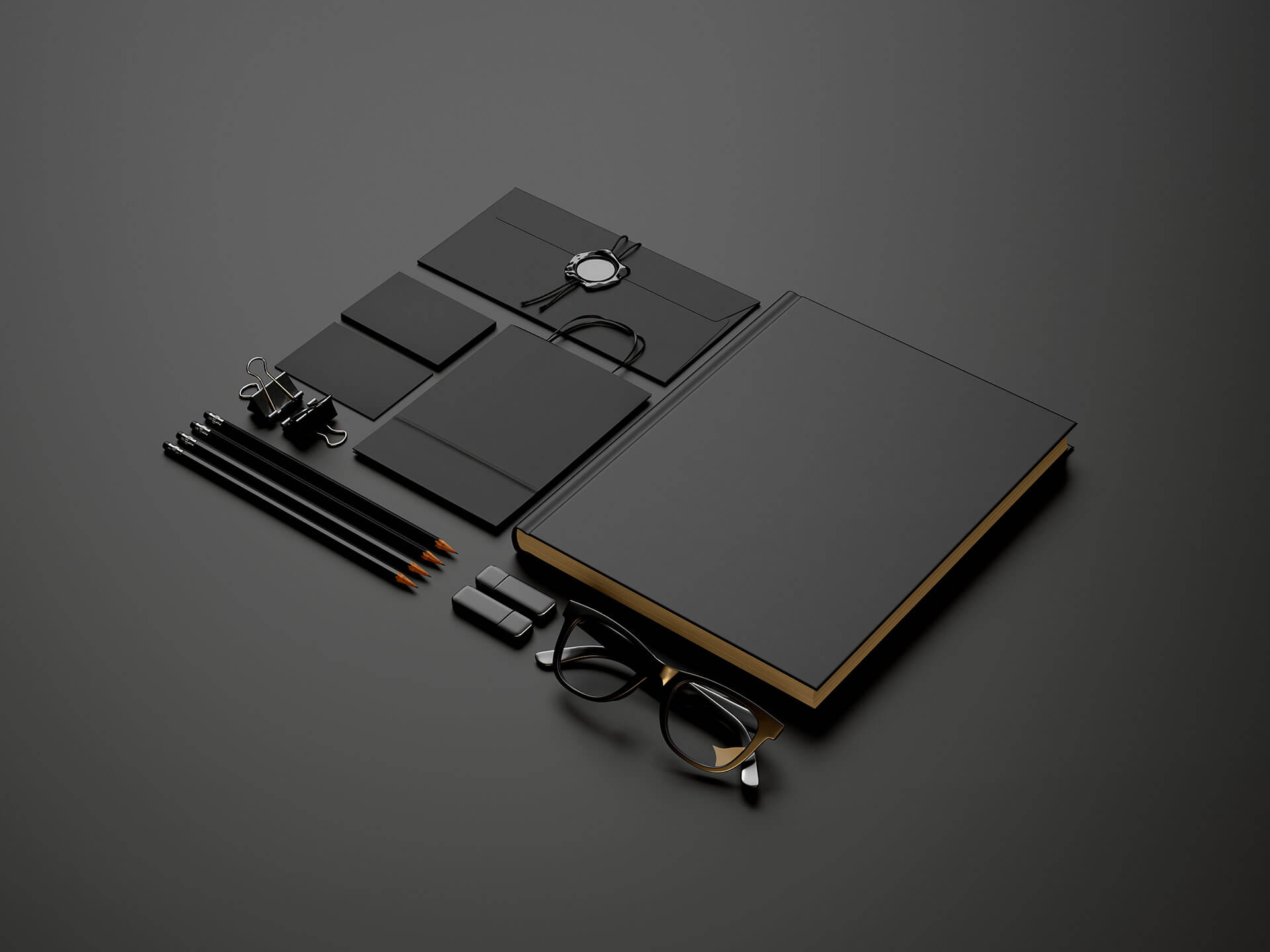I think as creatives we’ve over emphasized the concept of “finding your style”. What does that really mean? How do you find your style? Do you even need a “style”? It’s a concept that every creative encounters when they embark on the journey to find what excites them in a given field. To me style isn’t the overly complex or grand trait that most people believe it is. What I mean is that if you don’t have a distinct style, that doesn’t mean you’re not a good creative. And in the same instance, having a style doesn’t mean you’re a better creative than those who don’t.
What is style?
When we think of style, we tend to get caught up in the idea that you need a particular thing that makes your work stand out. While this can help, it can also be a flawed way of approaching it. Style is something that evolves over time. And with that evolution you have the opportunity to carry past aesthetics and incorporate them in new ways. Approaching it this way makes you to realize that it is OK to have multiple styles that can be tailored to fit different situations. There are many instances where having one rigid style may not work, and you’ll have to adapt to fit the objective.
Often times when I hear people talk about style, they often refer simply to being able to notice key features of a person’s work. Perhaps it’s based on a colour palette, typographic choice, subject matter, or any attribute that is easily recognized throughout the body of work. We don’t take a step back to recognize the intention behind the work. The consistent blending of these attributes is how we can begin to recognize a style. Art has always been the medium of self-expression & communication. Without any commentary viewers are often able to interpret an artist’s vision.
How?
So if we look at style as a continuously evolving vision things fit into place much easier. Creativity, much like muscle, needs to be trained over time in order to progress. It’s not as though one day you’re a buck twenty & the next you’re Mr. Olympia. Through repetition we begin to build the foundations of what would eventually become our style. We learn which processes work for our workflows, which colours we tend to lean towards, what emotions or messages we try to convey in our art.
This part of the creative process truly takes time and some level of intention. Try to recall what it was like when you first started your creative journey. Perhaps you had a basic understanding of design principles, or maybe you were completely clueless. The only thing that really mattered was that you did something that you were proud of or liked. Now if you were to go back and look at your early work some of you might still take pride in it. Others may cringe, and the rest might appreciate it for what it was. Through that experimentation and repetition, we begin to expand our understanding and creative limitations. Processes that once took a reasonable amount of thought and time almost become second nature.
This expansion requires us to blend new techniques, processes, colours, typography and understanding of our unique “why”. As this knowledge base grows, we begin to have more options in what we are able to execute, leading to more experimentation and growth. What you will also notice is that over time you will still be drawn to certain ideas, techniques themes, and will have a deeper understanding of the principles behind them and you can express your creativity in different ways.
Once you recognize the patterns that form the base of your work, this is when you can begin to refine your sense of style. Add new elements, take things away, experiment with new perspectives. And over time these patterns will develop naturally, allowing you to be more intentional about the work that represents you as a creative and your style. A style is really only available to those who have spent the time to develop and intentional process. Look at new designers or photographers. There isn’t much thought put into refining the process because:
1) They are doing a million and one things. From mimicking what’s trendy, trying multiple styles, learning the foundations of their craft, seeking guidance, inspiration, etc.
2) With a lack of experience comes a lack of understanding. This is honestly one of the most exciting points in the journey because nothing is off limits. You aren’t limited by the typical way to go about things because more often than not, you’re just going through the motions. To see the rapid progress as you begin to understand how different layers form a cohesive layout or image. How colours can drastically affect the mood of a piece. How each component affects the overall planning process.
Does it even matter?
The honest answer is…not really. There is this growing belief that all art needs to have some five-head hidden meaning behind it to be relevant. That we as creatives should try to have some grand plan behind everything we do for it to be considered art. But sometimes, we just create to make sh*t that we think is cool. You don’t have to be a trained artist to appreciate a beautiful image. An orchestra level musician to recognize both the complex and nuisance moments in a piece. Art allows us to branch out and explore new genres in an effort to reinforce or expand our styles. I touch on this a briefly in another post, but if you have a defined aesthetic, that can act as both an anchor & life raft. The choice is solely on you.



